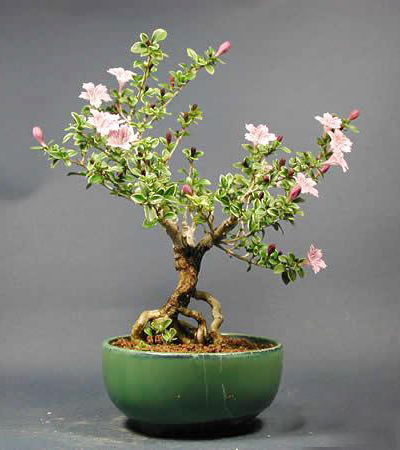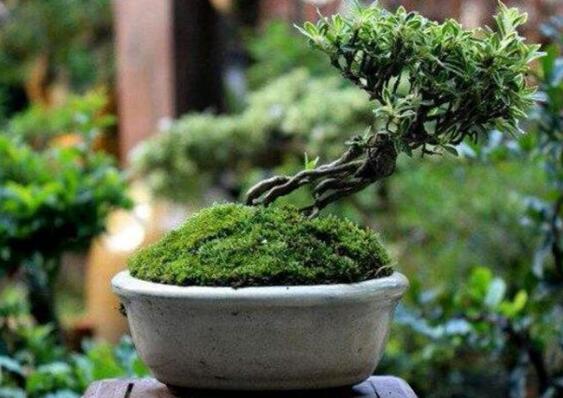What kind of environmental conditions does June snow require? How to breed and cultivate?
The scientific name of June snow is broken leaf holly. From June to July, the florets are white and covered with branches, like a layer of snowflakes, hence the name June snow. Originated in Jiangnan provinces in China, like sunshine, but also more shady, the temperature requirements are not strict, with the winter temperature to adjust their own growth habits. If it is evergreen in winter in the subtropical region of South China, it can continue to grow; in the warm temperate zone in the south of the Yangtze River, it enters a semi-dormant state in winter and the growth stops. It has no special requirements for soil, has strong drought resistance, and grows rapidly in wet acid soil.
It is difficult to bear fruit after snowflakes in June, but two-year-old hardwood cuttings can be collected in March-April, or one-year-old softwood cuttings in June-July, with high survival rates. It is a traditional plant material for making tree stump bonsai. In order to make the bonsai look simple, it is best to dig perennial tree stumps and plant them in pots in the mountains in the south of the Yangtze River; you can also plant them separately with root tiller seedlings germinated around the old stump.
The snow in June is strong and adaptable, and it should be maintained in the sun in spring, summer and autumn. If it is furnished indoors, ventilation must be strengthened, otherwise the branches will grow too long, the leaves will turn yellow, and the lower leaves will fall off. Water should be sprayed frequently in the dry season to increase air humidity. In order to control the height of the plant, topdressing up to 2 times a year. If you do not continue to watch in winter, you can leave the fallen leaves dormant in the cold room and trim them once in spring next year to promote the sprouting of new branches and leaves. If you continue to furnish in winter, the room temperature should not be less than 8 degrees Celsius and should be fully exposed to light. The new lateral branches should be cut short and coring in time in order to maintain the plump and round plant shape.
A complete Collection of cultivation techniques of Orchid

- Prev

How to make snow bonsai in June?
June snow, also known as the sky star, is an evergreen or semi-evergreen dwarf shrub. It has many branches and dense branches, the plant is low and short, and the exposed one is only about 1 meter high. Like overcast, wet and warm climate, not resistant to severe cold, lax requirements for soil. The leaves are small, the trunk is green, the branches are flexible, and the roots are well developed, so it is very suitable to make bonsai.
- Next

How to shape and trim the snow bonsai in June?
June snow is also known as the big star, the leaves are small, white flowers bloom in summer, hence the name June snow. The bonsai made of snow in June shows its roots and claws, clear and elegant, changeable posture and peculiar charm. June snow branches are soft, easy to tie the shape, young trees can make miniature bonsai. Making large and medium-sized bonsai in the south, most of them go to the mountains to dig old piles.
Related
- Fuxing push coffee new agricultural production and marketing class: lack of small-scale processing plants
- Jujube rice field leisure farm deep ploughing Yilan for five years to create a space for organic food and play
- Nongyu Farm-A trial of organic papaya for brave women with advanced technology
- Four points for attention in the prevention and control of diseases and insect pests of edible fungi
- How to add nutrient solution to Edible Fungi
- Is there any good way to control edible fungus mites?
- Open Inoculation Technology of Edible Fungi
- Is there any clever way to use fertilizer for edible fungus in winter?
- What agents are used to kill the pathogens of edible fungi in the mushroom shed?
- Rapid drying of Edible Fungi

